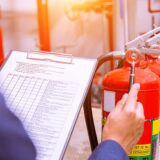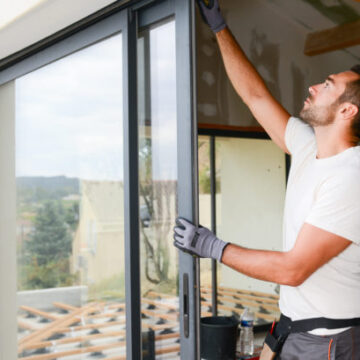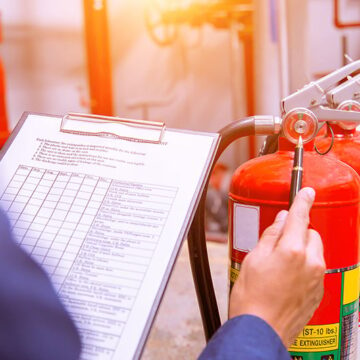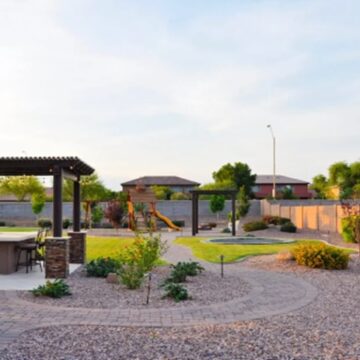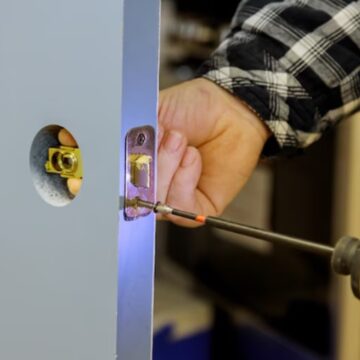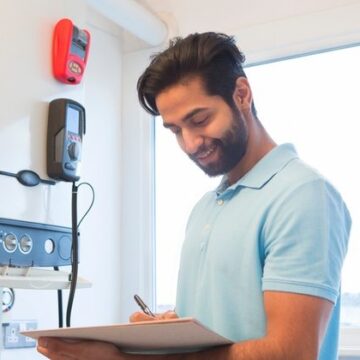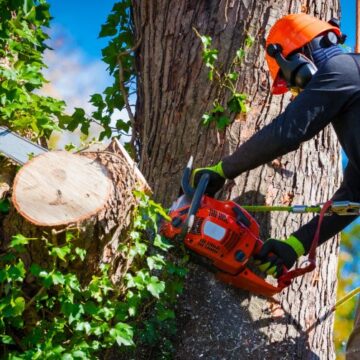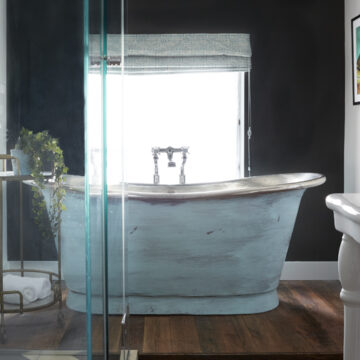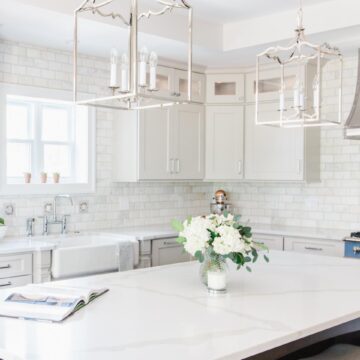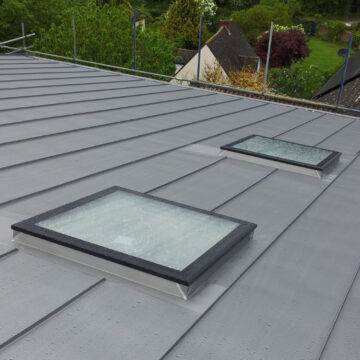If you’ve ever been to a warm and sunny place in the winter, you know how wonderful it is to have a warm house with a cool, comfortable environment. This is even more true when you live in a region with cold winters. But instead of turning up the heat, and toasty warm, you can instead opt for air source heat pumps. These energy-efficient and environment-friendly systems are the ultimate solution to your home’s heating and cooling needs.
System Components of Air Source Heat Pumps
Air source heat pumps are made up of four major components.
- A condenser outside the house
- An outdoor fan that funnels air into the compressor
- A reversing valve to take the cold air from the outside and pump it through your home’s ducts
- An evaporator inside the house that extracts heat from your home and dumps it outside.
How Do Air Source Heat Pumps Work?
Heat pumps are designed to extract the heat from one area and transfer it to another. In a typical heat pump system, the refrigerant gas is circulated through a sealed system. The refrigerant absorbs heat in the house (or outside) and evaporates into a liquid inside the pump. When the liquid returns to its gas form, it releases this heat into your home.
Heat pumps have a variety of advantages over older heating systems. They’re more environmentally friendly, quicker to respond, and can provide both heating and cooling when needed. This means that you can enjoy air conditioning in the summer and cozy warmth during winter without incurring some of the high energy costs of running two separate systems.
Air Source Heat Pumps Maintenance
Air source heat pumps are a great way to reduce your energy bills and lower your carbon footprint. But if you want to get the most out of these systems, it’s important to follow some simple guidelines for maintenance.
First, make sure the outdoor unit is clean. A dirty outdoor unit can affect performance and efficiency. Second, check that the compressor is turned off before you start working on any electrical components so you don’t risk electric shock or injury. Third, make sure that the refrigerant level is in good shape. If there’s too little refrigerant in the system, your luftvärmepump( air source heat pump )will struggle in cold weather climates. Finally, turn off water and gas valves before starting work on an indoor unit so nothing breaks accidentally.
Air source heat pumps are a significant energy-efficient and environment-friendly alternative to standard heating and cooling. These systems provide you with warmth in the winter and coolness in the summer, saving you both money and carbon emissions. They are easy to install because they draw warmth from the air outside of your home. They can be an excellent replacement for electric or gas heating and cooling systems, as well as a way to keep your utility bills low. You might need to have someone come out and assess your property before installing a heat pump, but it will probably be worth the expense. With this new system, you’ll save money on electric or gas bills, plus lower your carbon footprint.


